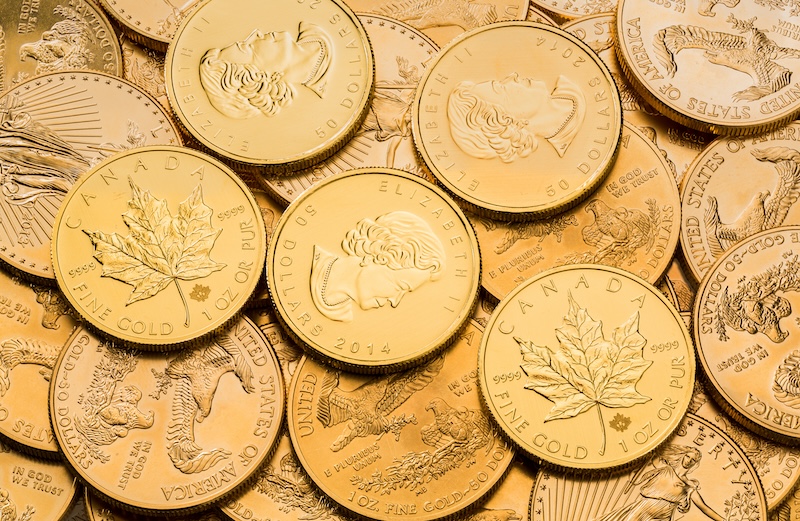Gold bullion coins have become a popular investment choice for individuals seeking to diversify their portfolios and preserve wealth. These coins are valued for their gold content and are produced by government mints across the globe. In this article, we delve into the world of modern gold bullion coins, answering key questions that investors often have about these valuable assets.
What are Modern Gold Bullion Coins?
Modern gold bullion coins are coins that are primarily valued based on their gold content rather than their face value as currency. These coins generally contain at least 99.5% pure gold and are produced by government mints to provide a standardized and trusted investment in gold. Unlike collectible or numismatic coins, the value of bullion coins is directly tied to the current market price of gold.
What Was the First Modern Gold Bullion Coin?
The first modern gold bullion coin was the South African Krugerrand, introduced in 1967. It was specifically designed as an investment vehicle and quickly gained popularity worldwide. The Krugerrand paved the way for other countries to produce their own gold bullion coins, establishing a global market for these assets.
When Was the American Gold Eagle Introduced?
The American Gold Eagle was introduced in 1986 by the United States Mint. It quickly became one of the most popular gold bullion coins due to its iconic design and the trust associated with the U.S. Mint. The Gold Eagle is available in various denominations, ranging from 1/10 oz to 1 oz, and is composed of 91.67% gold, 3% silver, and 5.33% copper.
When Was the Gold Maple Leaf Introduced?
The Canadian Gold Maple Leaf was introduced by the Royal Canadian Mint in 1979. It is one of the purest gold bullion coins available, with a gold content of 99.99%. Known for its stunning design featuring the iconic maple leaf, the Gold Maple Leaf is a preferred choice for investors seeking high-purity gold coins.
What is the Austria Gold Corona?
The Austria Gold Corona is a gold bullion coin originally minted between 1892 and 1916. The most common version is the 100 Corona, which contains 30.48 grams of gold. Although the original coins are no longer produced, the Austrian Mint has issued restrikes, making the 100 Corona available to modern investors.
Are Restrike Coins Considered Gold Bullion Coins?
Yes, restrike coins are considered gold bullion coins. These coins are reproductions of historical coins and are issued by official government mints. They are valued primarily for their gold content, similar to other bullion coins, making them a viable investment option for those interested in gold.
List of Modern Gold Bullion Coins by Country and Mint
Below is a comprehensive list of modern gold bullion coins produced by government mints worldwide:
- United States: American Gold Eagle, American Gold Buffalo
- Canada: Gold Maple Leaf
- South Africa: Krugerrand
- China: Gold Panda
- Australia: Gold Kangaroo (Nugget), Lunar Series
- Austria: Vienna Philharmonic, Gold Corona (restrike)
- United Kingdom: Gold Britannia, Sovereign
- Mexico: Gold Libertad
- Russia: George the Victorious
- Switzerland: Vreneli
- Isle of Man: Gold Angel, Noble
- New Zealand: Gold Kiwi
- Poland: Orzel bielik
Each of these coins offers a unique combination of design, purity, and historical significance, providing investors with a diverse range of options for their gold investments.
Conclusion
Modern gold bullion coins are an essential component of a diversified investment portfolio. With a history rooted in the introduction of the Krugerrand and expanded by coins like the American Gold Eagle and Canadian Gold Maple Leaf, these assets provide a reliable means of preserving and growing wealth. Investors should consider the purity, design, and issuing mint when selecting gold bullion coins to ensure they meet their financial goals.
